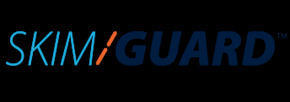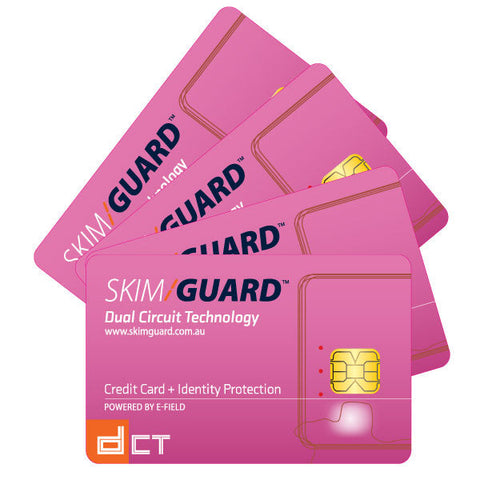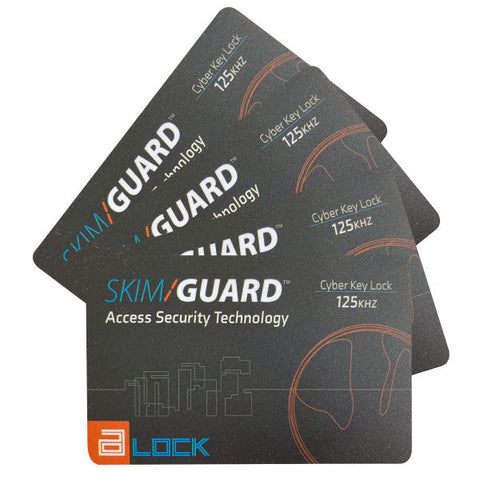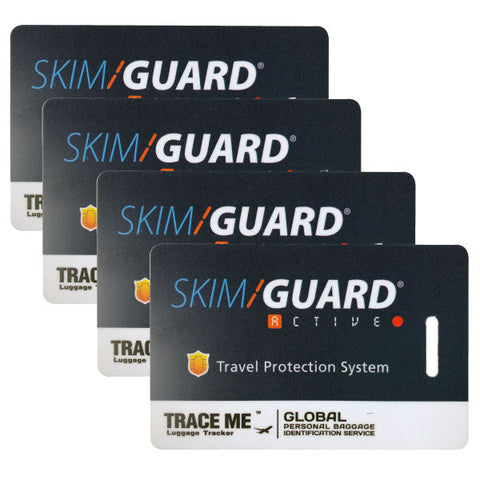Blog

What is RFID?
RFID stands for Radio Frequency Identification and this new technology is affecting your life in a big way. These days, most bank cards are embedded with RFID technology which means they can send and receive radio waves, allowing them to communicate with point-of-sale devices like EFTPOS terminals. This is the technology behind 'PayWave' and 'PayPass.' To know if your card is embedded with RFID technology, check for a logo - on your card - resembling a cone of curves on the front.

If your bank card has this logo printed on it, it is what is known as an RFID tag- it has been fitted with a transceiver, (transmitter and receiver) an antenna and a chip. For a transmission to occur, a tag must be in the range of a ‘reader.’ RFID tags are very convenient. They save us time and hassle because any purchase under $100 can be made with a simple wave of the card on top of the EFTPOS terminal.
This is convenient for thieves too. With just a few easy-to-acquire tools, thieves can skim your bank card details and spend your money undetected. It may have happened to you already without you even knowing it. According to a 2012 survey by ING, though more of us are checking our bank balance regularly, only 4% of respondents checked their detailed bank statement when it arrived. Read More
RFID chips are not just in bank cards. They are embedded in our passports, 'tap-and-go' transport cards (like Opal, Myki, or Oyster), hotel room keys, work access passes, and other indispensable utensils of modern life. Together, they are responsible for all the information that makes up our identity: our photograph, passport number, address, medicare number, and bank card details- all the things an identity thief needs to open up a new account, set up a utility, or even get a personal loan.

How it works
The readers that you tap your card on are set on very low ranges, so you must be within a few centimetres of the device for it to be able to read your card. However, according to David Skillicorn, a professor at the school of computing at Queens University, “there is nothing inherent in the technology that says it has to be within three to four inches – if you turn the power up you can push it out to 10 or 15 feet.” Skimmers take advantage of that fact.
Skimmers scan for RFID chips using devices like point-of-sale terminals with antennas to boost their range. These are connected to a notebook computer which, once you have been skimmed, stores your private details for their use. There are also apps that make use of NFC technology in Android phones to turn the phones themselves into skimmers. In this day and age, when all it takes for an electronic pickpocket to get their hands on your personal details is to download an app, you need to start getting serious about identity protection and take your security into your own hands.
What you can do to protect yourself
Short of wrapping all your cards and passport in several layers of tin foil, there are easier and more practical steps that you can take to protect yourself from skimming. Treat your card like cash and don't let it out of your sight. For example, do not give your card to a waiter or shop assistant and let them go in the back room with it. Instead, follow them to the point-of-sale terminal or insist that they bring it to you. Get your card back immediately after completing a purchase. Read your bank statements and check your account balance online regularly. Report any unauthorised or suspicious transactions at once, even if only very small amounts are involved. Invest in real RFID security. Security experts recommend that you store your passport in a shielding cover, and carry devices that guard your RFID chipped cards and documents from skimming. Read more about these recommended security solutions here.





